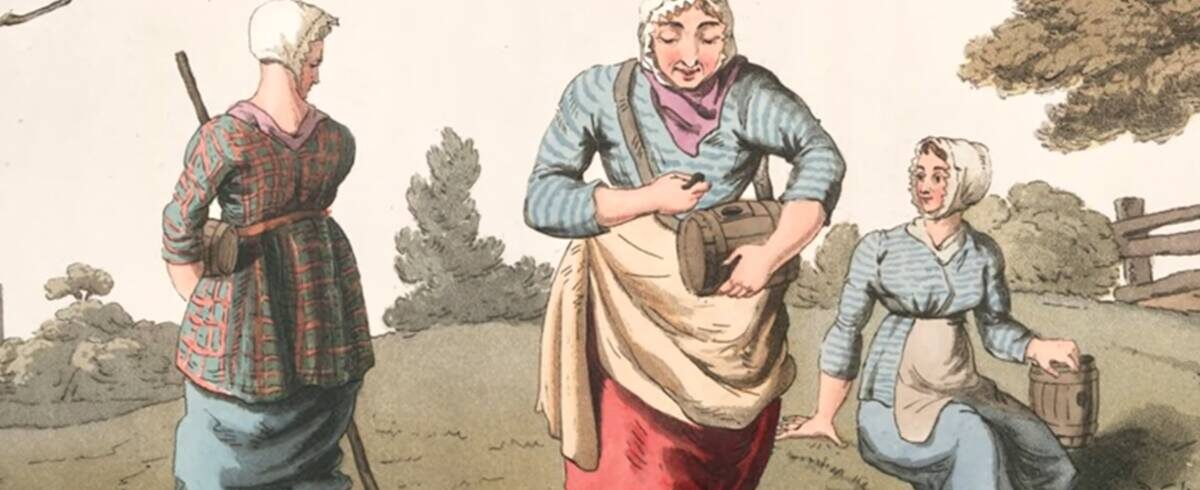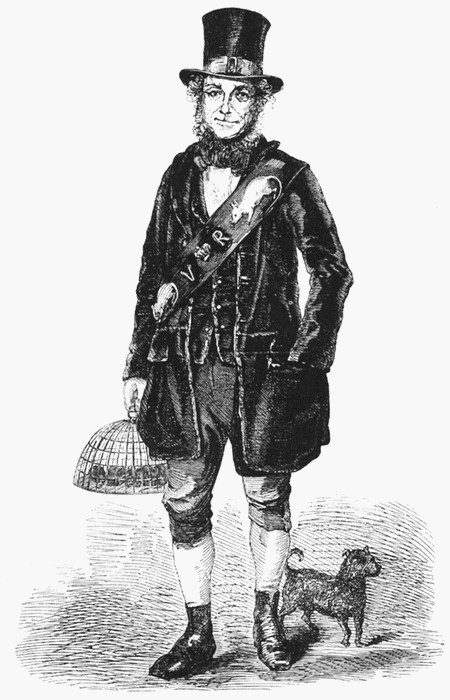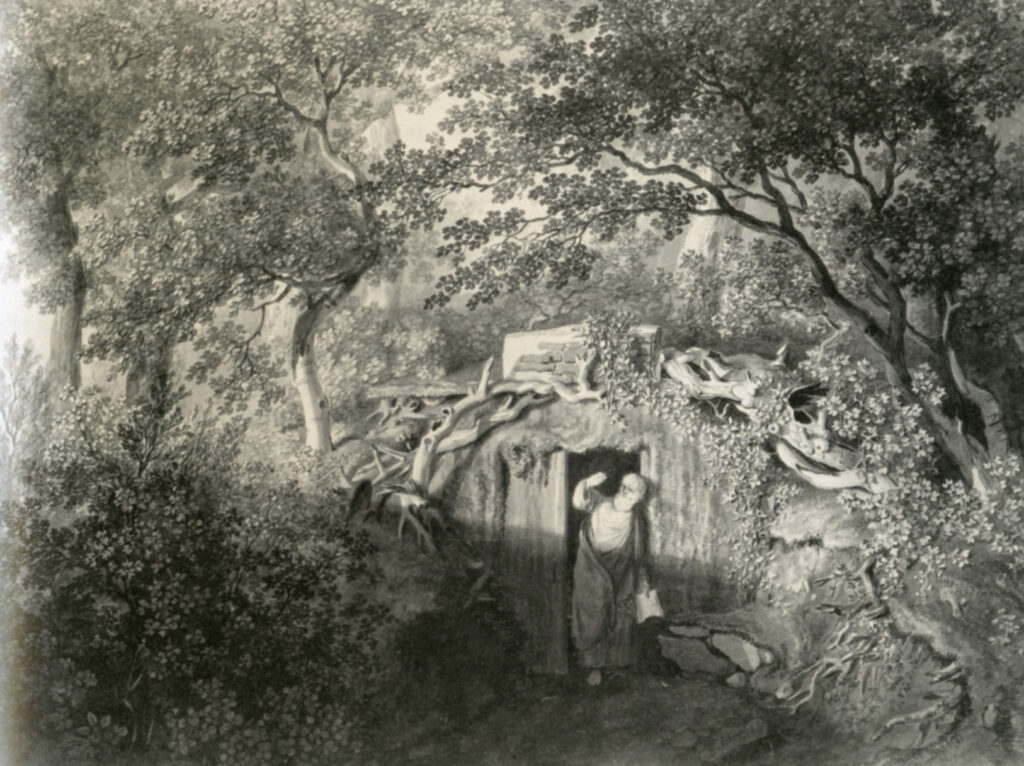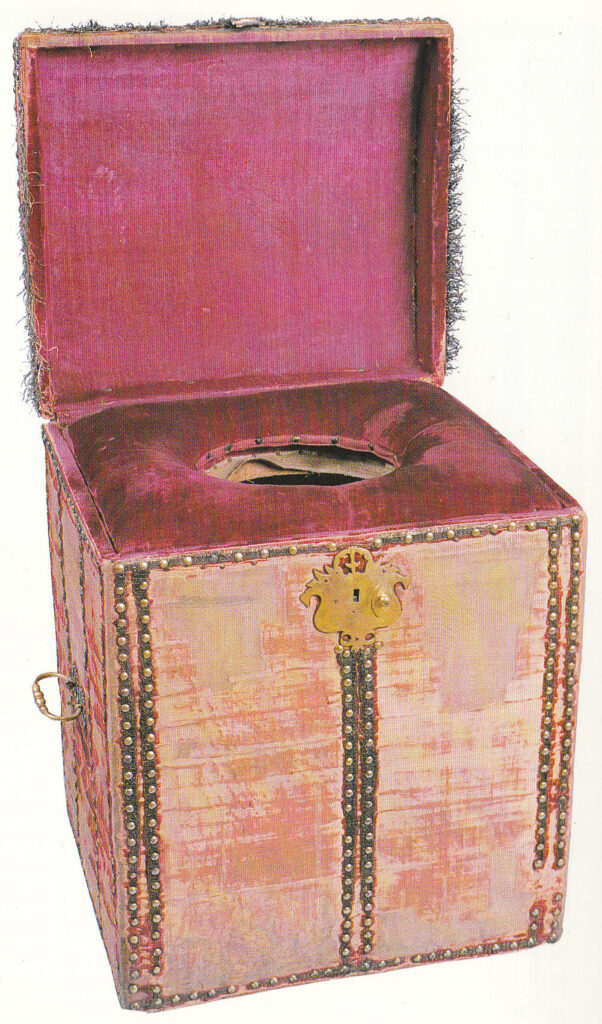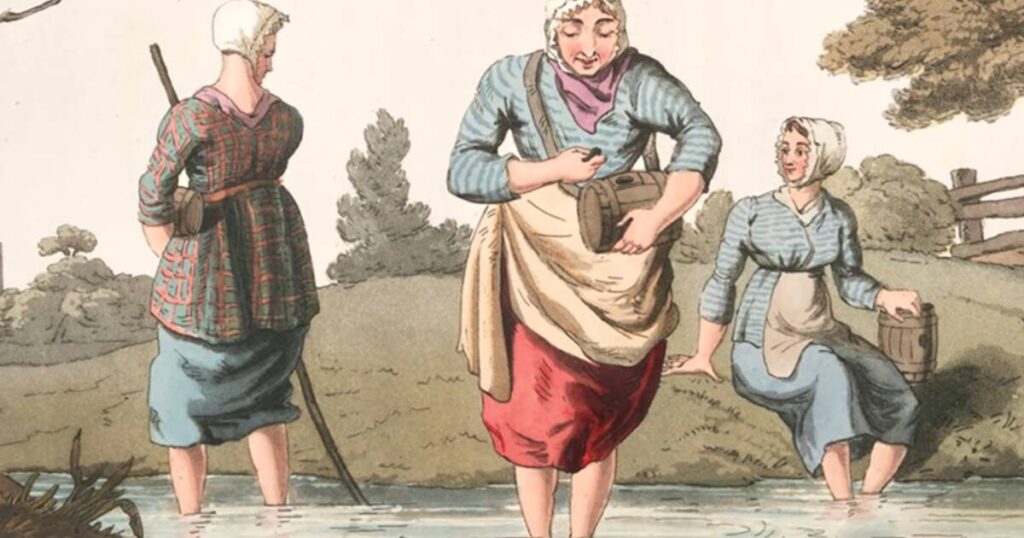Throughout history, there have always been professions teetering on the edge of reality and absurdity — roles few have heard of, but without which the world might well have descended into chaos. Today, we’ll take you on a journey through several strange yet entirely real occupations, from leech collectors to ornamental hermits. Get comfortable — you’re about to discover the lesser-known side of working life.
Unusual Professions: Who Collected Leeches, Woke Up Factory Workers, and Lived as a Garden Hermit?
Keeper of Big Ben
The role of maintaining the Westminster clock — better known as Big Ben — is not only prestigious but also incredibly demanding. Installed in 1859, the iconic clock’s mechanism requires regular maintenance. To ensure perfect timekeeping, the clock’s keepers even devised a clever trick: old penny coins are placed on the pendulum, each one adjusting the time by 0.4 seconds depending on its weight.
During the Second World War, the clock continued to function despite bombings. It was protected with sandbags and kept in working order even after the tower dome was damaged. While parts of the process are now automated, the role still exists today, with workers manually checking each gear. In their hands rests the accuracy of perhaps the most famous clock in the world.
Royal Rat-Catcher
Some professions that once existed in Britain sound like they came straight out of a fantasy novel. In times when sanitation was poor and antibiotics nonexistent, rats posed a serious threat, spreading diseases like plague and typhus. That’s why, particularly in 19th-century London, entire teams of rat-catchers were employed — even by the royal court. The most famous among them was Jack Black, Queen Victoria’s official royal rat-catcher.
Jack wore an eccentric, colourful uniform complete with a belt adorned with rat motifs and travelled the streets with rat-hunting dogs. He also experimented — less successfully — with using ferrets, badgers, monkeys, and raccoons. Beyond catching rats, Jack bred white and spotted “fancy rats” and gifted them to aristocratic ladies. Even Queen Victoria had a pet rat, thanks to Jack — sparking the British craze for domestic rats.
Garden Hermit
In the 18th century, the upper classes developed a curious trend for “living decorations”: wealthy landowners would hire individuals to live in solitude in huts on their vast estates, entirely removed from society. Despite being well-paid, not everyone could endure the lifestyle. One of the most famous cases occurred at Painshill Park in Surrey, where a hermit was contracted for seven years — but was fired after just three weeks when he was caught drinking in the local pub.
Some hermits, however, completed their contracts, becoming something between a pet and a tourist attraction. Visitors would be led to their cabins, where these “living ornaments” would remain silent, solemnly gesturing toward Latin inscriptions and mysterious carvings etched in stone.
Groom of the Stool
Strangely enough, this was once one of the most prestigious roles at the English royal court. The Groom of the Stool was responsible for assisting the monarch with their bodily functions — preparing the “stool” (toilet), offering water and towels, and sometimes helping directly during the act itself. Despite the undignified name, this role was reserved for the king’s most trusted confidants.
Proximity to the royal body granted unprecedented access to court secrets and political affairs. Surviving letters show Grooms of the Stool discussing appointments and intrigues with monarchs. For example, under Henry VIII, the role was held by Sir William Compton, who managed estates, acted as confidant, and likely knew more about the king’s personal life than anyone else.
Leech Collector
Though less well-known, this was a real — and thankfully now obsolete — profession. In the Victorian era, bloodletting was a common medical treatment, and demand for leeches soared. In the 1830s, Britain imported millions of leeches from France and Sweden, while also harvesting them from local marshes, particularly near Wales and in Ireland.
Often carried out by women, the job involved wading knee-deep into cold water and standing still for hours until leeches latched onto their skin. They would then be removed and stored for sale. The job was filthy and hazardous, involving frequent blood loss, infection, and even the risk of drowning in bogs. Yet in some areas, it was one of the only ways to earn an income and feed a family.
Official Waker (Knocker-Upper)
During the Industrial Revolution, punctuality was crucial — factories demanded strict discipline, but alarm clocks weren’t yet widely available. Enter the knocker-uppers: people who walked the streets early in the morning, tapping on upstairs windows with long bamboo sticks to wake their clients. This profession flourished in industrial cities like Manchester, Leeds, Sheffield, and Glasgow.
The most famous knocker-upper was Mary Smith, who used a peashooter to hit windows with dried peas and was said to be “as punctual as church bells.” These early risers worked through rain and snow, and in the Liverpool docks, they even worked in shifts around the clock to match the irregular arrival and departure of ships. The profession eventually faded away in the mid-20th century, though some knockers were still active into the 1970s.
Centuries have passed, and most of these professions have thankfully been left where they belong — in the dustbin of history. While maintaining Big Ben is still a noble task, few today would yearn for a return to the days of leech collection or royal stool assistance, however “prestigious” those roles once seemed.
In the modern world, a garden hermit would instantly go viral on TikTok, a rat-catcher would face fines and public outrage, and a professional waker would be outcompeted by a £3.99 alarm clock. History, it turns out, has a bizarre sense of humour — and it’s even more remarkable to think that these jobs once seemed entirely normal.
And who knows? A hundred years from now, today’s jobs — delivery drivers, cashiers, maybe even journalists — might seem just as strange.
Let’s wait and see.

